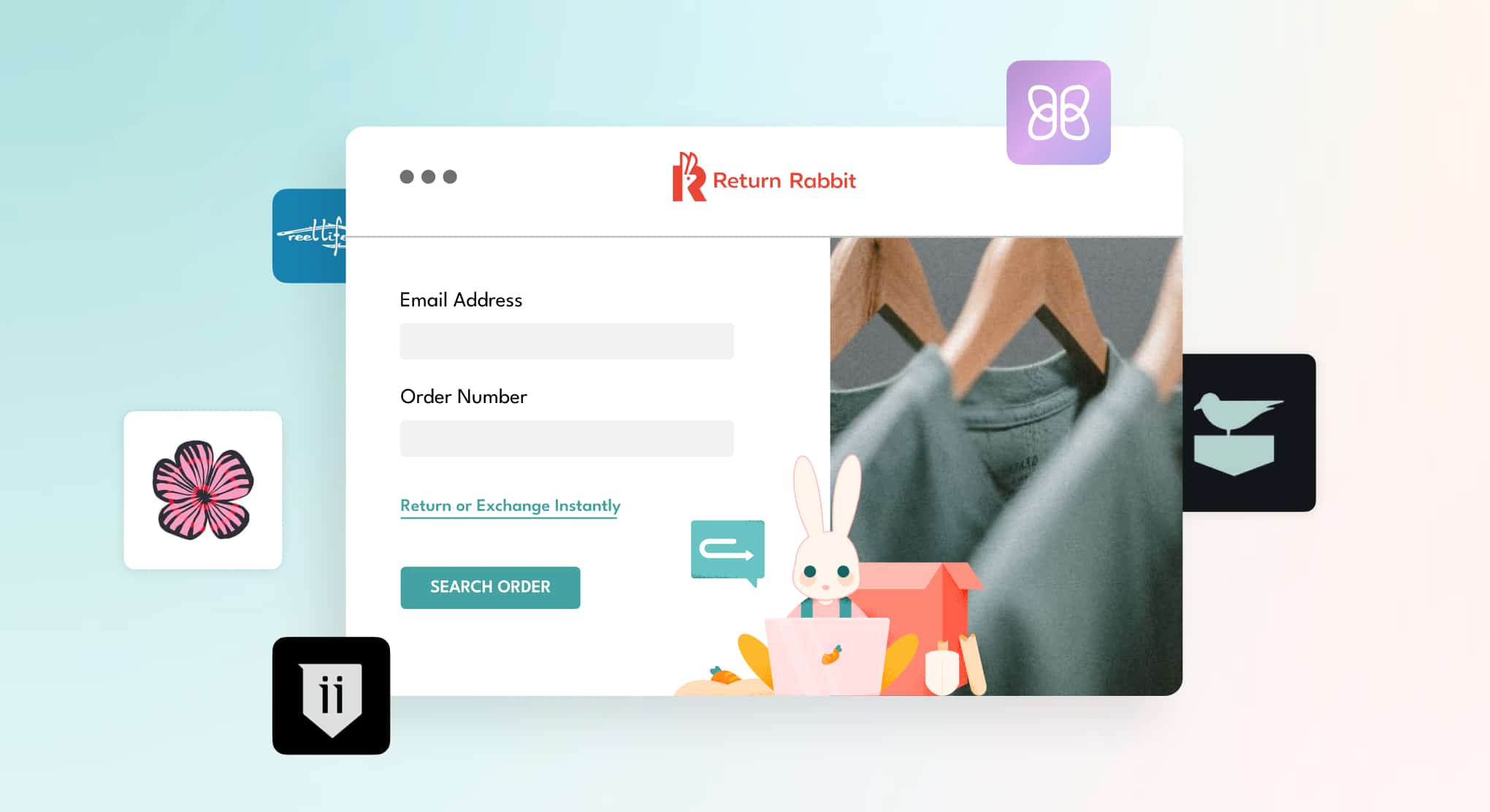Product design, marketing, and sales are only one part of the eCommerce puzzle. Time and time again, we see one key area overlooked: shipping. All the resources and energy put into making your products amazing is wasted without an effective shipping strategy.
A strong shipping strategy is vital for the growth and success of your eCommerce brand. Here are 5 shipping best practices for your Shopify store that you can adopt now to boost revenue and increase customer retention.
Offer free shipping
Shipping is one of the most vital steps in the online shopping experience. It’s often the deciding factor of whether a customer will make a purchase or abandon their cart. Shopify merchants can easily increase conversions by offering free shipping.
Before you panic about losing all that shipping revenue, we’ve got some good news: offering free shipping is more profitable than not.
Let’s take a look at the numbers: 66% of consumers expect free shipping on every purchase they make online, and 80% of consumers expect free shipping when ordering a certain dollar amount of merchandise. For example, your order ships free when you purchase $50 or more worth of products.
It’s a fact that free shipping entices a purchase and keeps customers coming back again and again. Plus, if there’s a free shipping minimum, customers are more likely to spend more on products to meet that minimum versus paying for shipping. So a $40 order just became a $55 dollar order—not bad, right?
But what about the shipping revenue that used to cover your actual shipping costs? The key here is to not just focus on that line item of your P&L, but to look at your ecommerce business holistically. Consider that offering free shipping can improve your overall conversion rate by upwards of 20%. That means you’re adding significantly more new customers to the bucket every month. In turn, more of your hard-earned website traffic is converting instead of abandoning their carts, so your cost per acquisition just dropped, cutting marketing expenses.
Looking long-term, your increased order volume might constitute volume discounts on everything from shipping fees to inventory costs. The chain reaction of benefits to the health of your ecommerce business is massive, just from toggling off the shipping fee! So take time to do the math and decide what levers make sense for you.
Pro Tip: Free shipping should apply to returns and exchanges, too. The peace of mind this gives a customer knowing you’ll take care of them if it doesn’t work out is priceless.
At the end of the day, look at shipping as a cost of doing business, rather than putting the burden on the customer. And if you do decide to offer free shipping, be sure you promote it loud and clear! Tell customers how easy it is to shop with you on your homepage, in checkout, in emails, and even in advertising.
Use automations at all costs
It’s no secret that automations make life easier for everyone and automations throughout the post purchase journey are just as important.
From the moment a customer clicks the buy now button, they are eagerly awaiting for their package to arrive. Don’t leave them guessing! Automate your shipping notifications to keep your customers informed about where their package is and when they can expect to receive it.
Automating your shipment notifications has a lot of benefits:
-
No more WISMO tickets. When customers are notified about where their package is and if there are any delays, there’s no need to contact your customer service team.
-
More revenue to pad your bottom line. Your shipping notifications and emails could be generic, but why waste this moment of your customer’s undivided attention? Add promotions and upsell opportunities in each notification to increase customer lifetime value.
-
Loyal customers that advocate for your brand. No one likes to be left out in the dark. Keeping your customers informed about their purchase instills confidence and trust in your brand that inspires long-term loyalty, and even influencers.
Automations result in happier customers and allow your customer service team to respond to other tickets in the queue.
Avoid surprises
49% of cart abandonments are due to extra costs that weren’t made clear from the start like shipping, taxes, and extra fees. How frustrating is it to spend the time figuring out which product you want only to put in all of your shipping and billing information just to be hit with $10 or $15 dollars in fees.
Instead of surprising your customers at checkout, there are a few other ways to keep them informed about shipping costs. Offering free shipping is an obvious choice, but if that’s not an option your brand can use a flat-rate shipping charge. You could also give your customers the option to enter in their zip code before checkout so they know the price of shipping before they put in their credit card information.
If there’s a problem, solve it immediately
There’s a lot that you can’t control once a package leaves your facility. Shipping delays and lost packages happen, but what matters the most is how you handle the situation.
Whether your customer purchased your product for a special occasion or just because, it’s frustrating when it doesn’t arrive on time (or at all). And it’s even worse when a brand doesn’t do their part to solve the problem.
As soon as your customer service team is aware of a problem, it needs to be communicated to the carrier as soon as possible to resolve the issue. Offering something as simple as a discount on their next purchase or refunding the shipping fee can be just what the customer needs to continue their relationship with you. Whenever you provide support or resolve an issue, think of how you might surprise or delight your customer.
Provide a full service post-purchase experience
All of these eCommerce shipping best practices ensure a positive post-purchase experience that encourages your customers to shop with you again. For a long time, the post purchase experience wasn’t a priority for brands—the purchase itself was the goal. But today, brands need to focus on customer retention and how to best serve their customers throughout each stage of the buying process.
A successful post-purchase experience puts communication and relationship building at the focal point of all efforts. Implementing shipping notifications and branded tracking emails fosters a customer relationship built on trust; and customers who are confident in who they buy from are sure to purchase again.
But the relationship doesn’t stop once a package is delivered—it’s just the beginning.
Sometimes products just don’t work out. They’re too big, too small, not what we expected–returns are part of the online shopping experience.
The return process can make or break your brand’s relationship with your customers. It’s important to create a seamless, branded experience that makes the return process painless and encourages exchanges to both drive revenue for your brand and leave the customer feeling satisfied.
Let’s start turning returns into revenue, together. Schedule a demo with our team today and get your returns portal up and running in less than 48 hours.
Take a deep dive into returns management in our whitepaper: Managing the Inevitable: Three Components of Effective Returns Management





